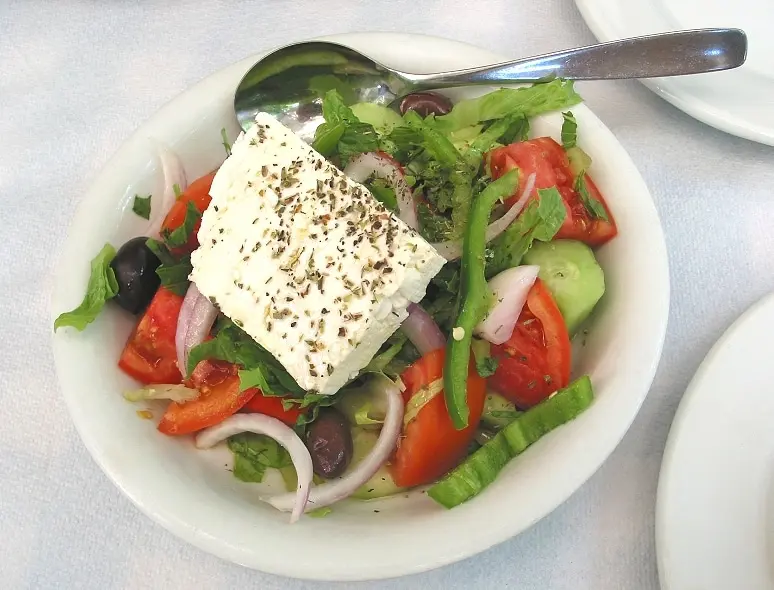
An advisor of the top European court announced that Denmark violated European Union law in a dispute with Greece over feta cheese on Thursday.
Advocate General Tamara Capeta of the Court of Justice of the European Union stated that Denmark violated EU law by allowing Danish companies to sell cheese called “feta” outside of the EU.
While the court itself has not yet ruled on the case, it tends to follow the recommendations of such advisors in four out of every five cases it hears.
Court advisor: Denmark violated EU law in feta dispute
Feta cheese has been considered Protected Designation of Origin (PDO) product for twenty years. This official designation means that Feta is a protected product that can only be made in Greece, and cheeses that were not made in the country according to specif guidelines cannot be labeled “feta” by other EU countries.
The opinion was offered on Thursday, three years after the case against Denmark was brought to the court by the European Commission, which was backed by Greece.
Greece formally requested that the European Commission investigate Denmark’s use of the word feta. Feta is an “iconic” Greek product, the Greek Agriculture Ministry said at the time, adding that Denmark had “refused to cooperate” with European Union regulations.
Greece claimed that the country also allowed Danish producers to manufacture “imitation feta” and to export “imitation EU cheeses” to non-EU countries.
Capeta, as quoted in the US News and World Report, stated that “By failing to stop the use by Danish producers of the registered name ‘Feta’ for cheese intended for export to third countries, Denmark has failed to fulfill its obligations under EU law.”
Feta an iconic Greek cheese
Feta is a crumbly, soft white cheese with a tangy flavor. It is created by placing the curdled milk mixture into wooden barrels. The curdled mixture is very compact, and must be sliced in order to fit into the barrels. The name feta, Greek for slice, most likely comes from this practice.
After sitting in the barrels for a few days, the cheese curds are placed in brine, a salty water solution, which is essential in creating the cheese’s iconic flavor.
Feta is used in many Greek dishes, but most notably in the Greek salad, or horiatiki, and baked goods such as spanakopita and tiropita.
Cheese-making is an ancient practice in the Mediterranean, with the production of cheese from goat’s or sheep’s milk dating back to the 8th century BCE in Greece.
This history is accompanied by ancient myths about cheese production, including one in which Apollo’s son Aristaios, raised by nymphs, teaches mankind the art of preparing milk for cheese production.
A cheese resembling feta is mentioned in Homer’s Odyssey. In the ancient work, the Cyclops Polyphemus is described as a shepherd who lives with a cave full of cheese and milk taken from his flock.
Despite its links to ancient texts, feta, in the form we know it as today, was first mentioned explicitly during the Byzantine era.
Most often, feta is made from a mixture of sheep’s and goat’s milk, but there are variations in production, as it can also be made with just sheep’s milk.
See all the latest news from Greece and the world at Greekreporter.com. Contact our newsroom to report an update or send your story, photos and videos. Follow GR on Google News and subscribe here to our daily email!



